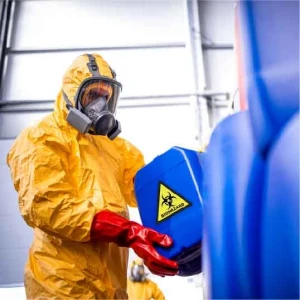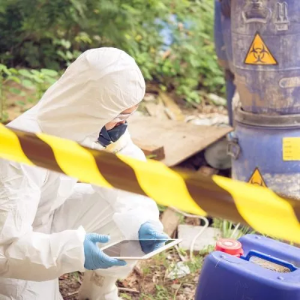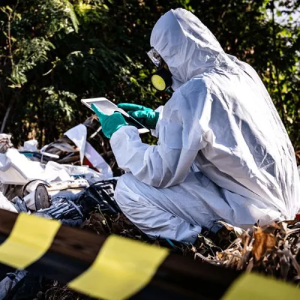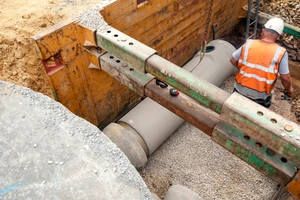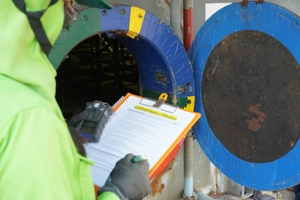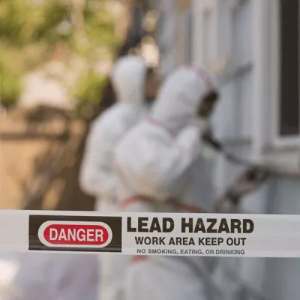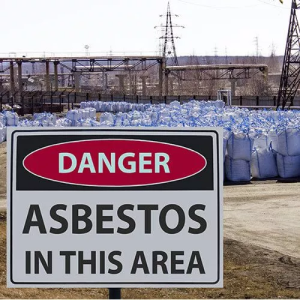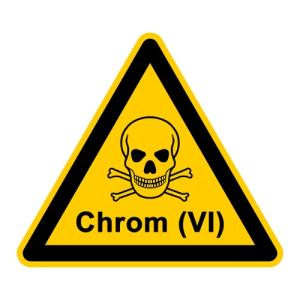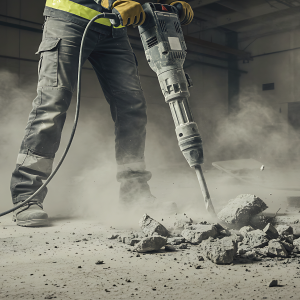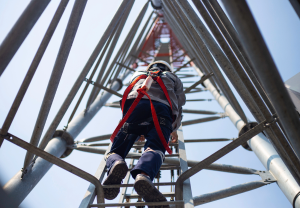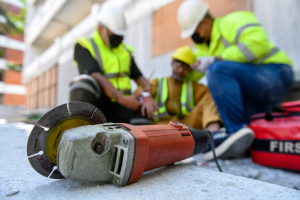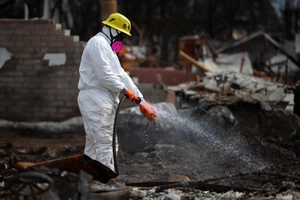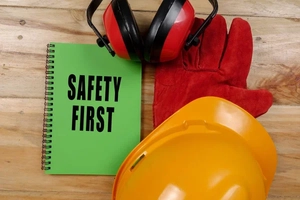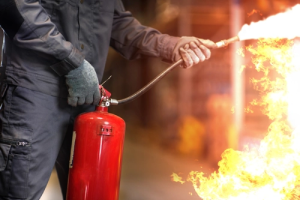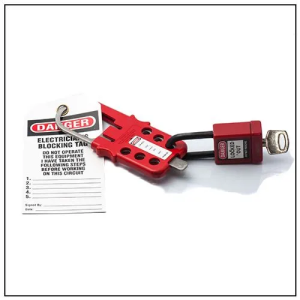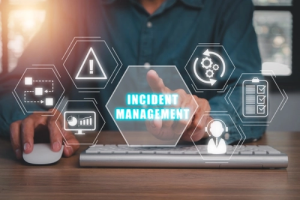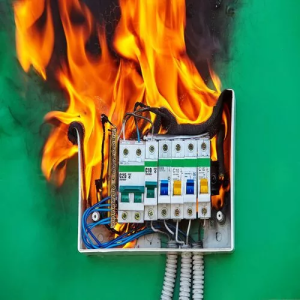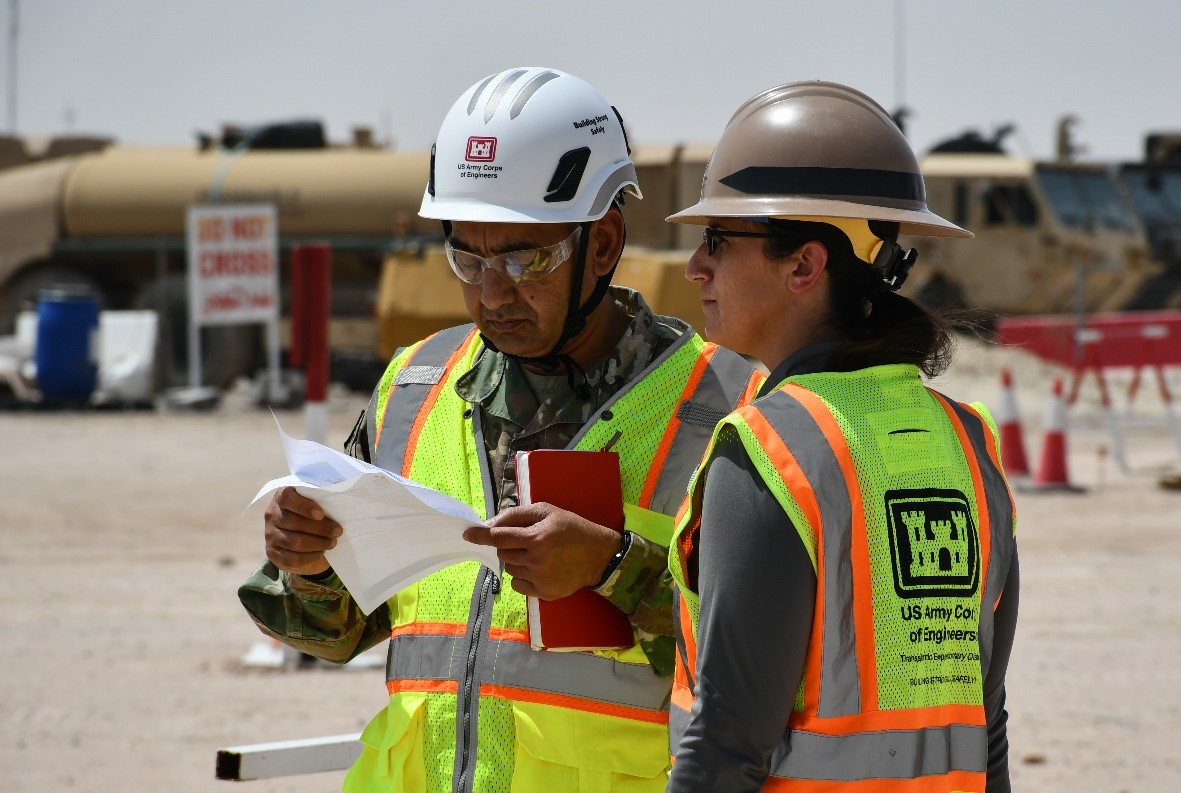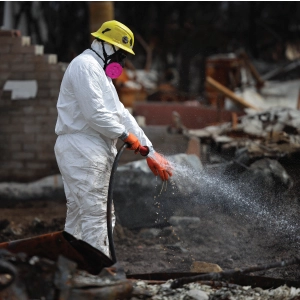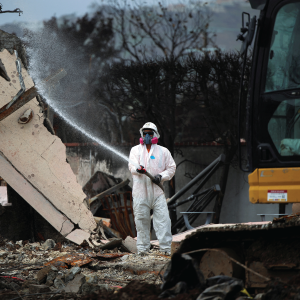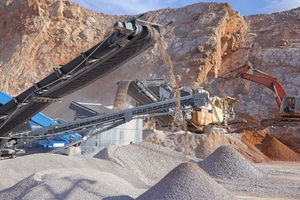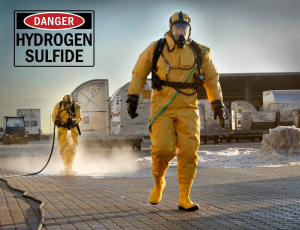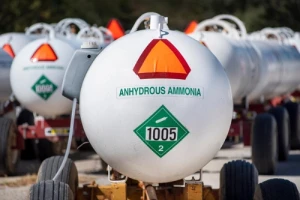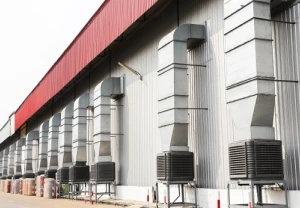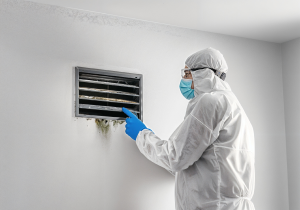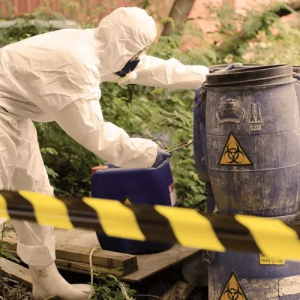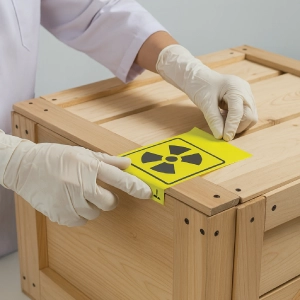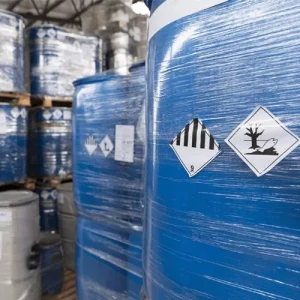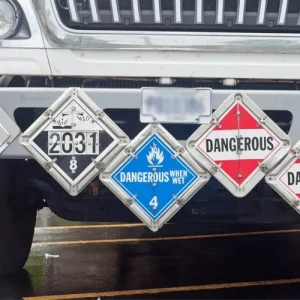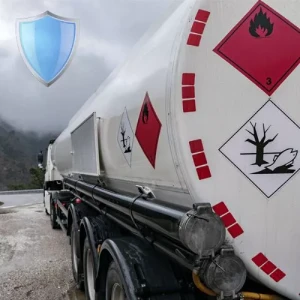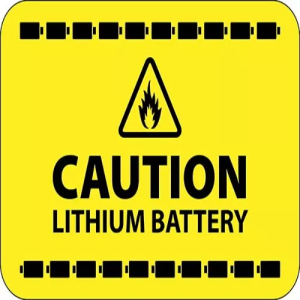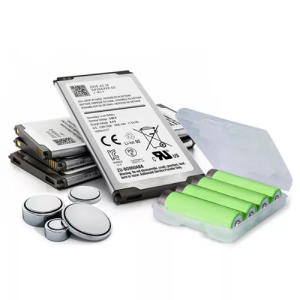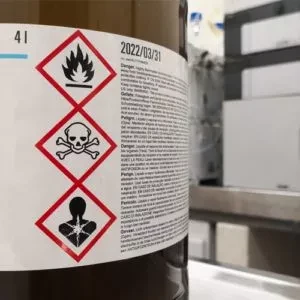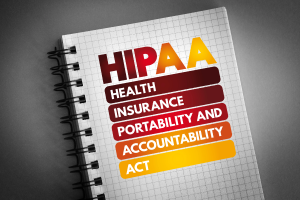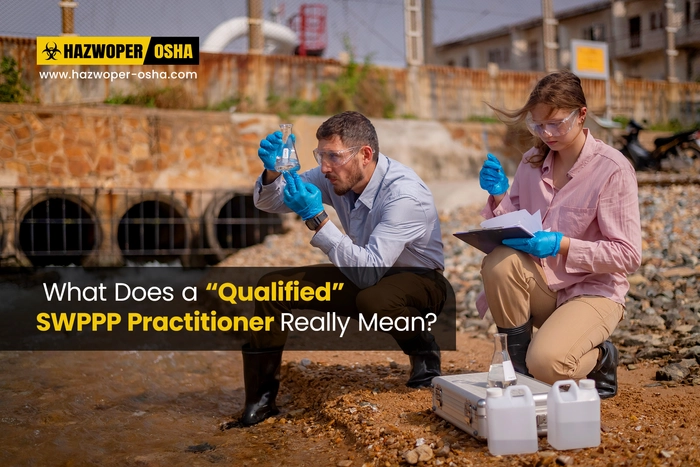How a Simple Household Appliance Can Become a Major Fire Hazard: The Case of Popping Lithium Batteries
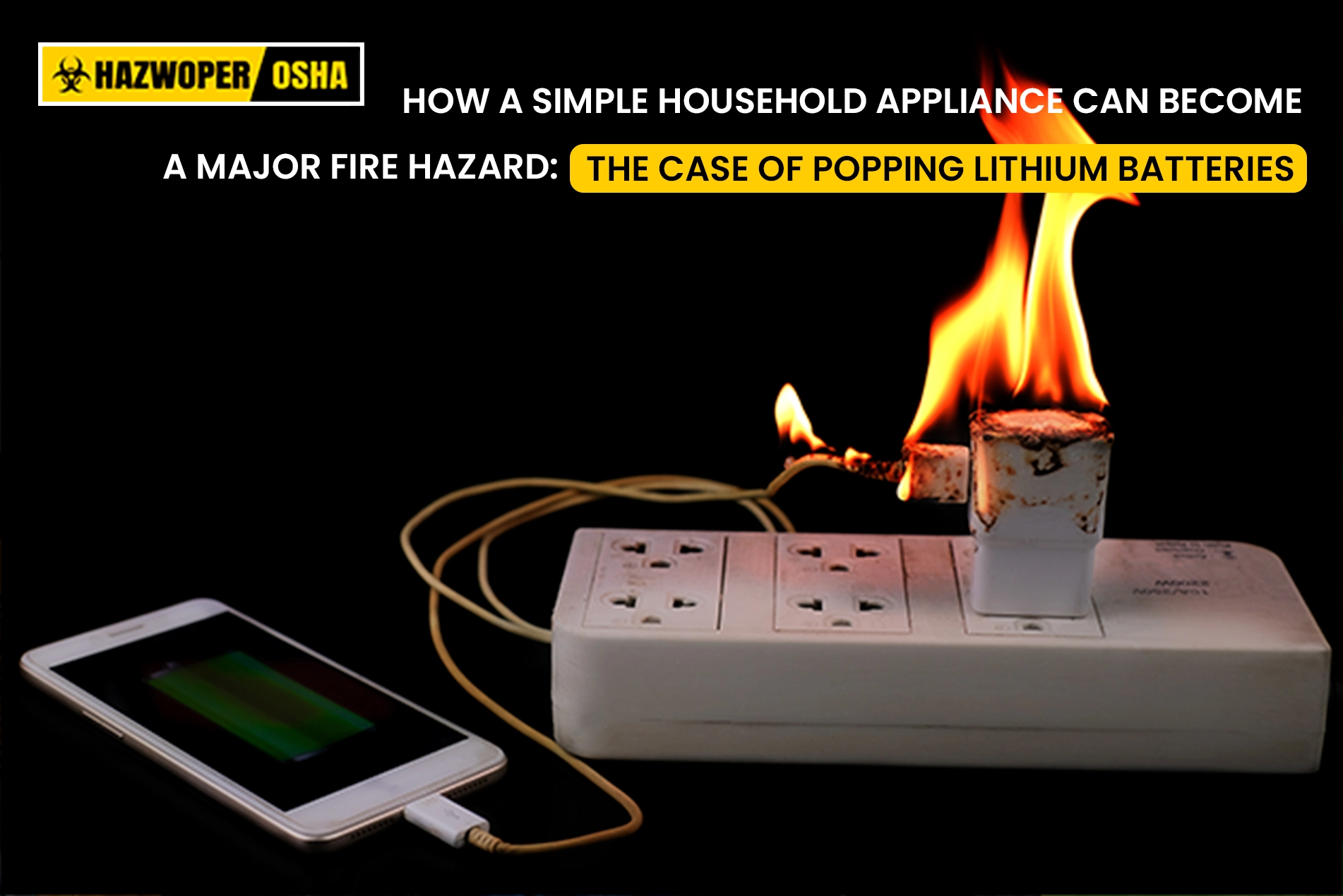
I’ve been working in construction for many years, and I’ve always trusted my equipment to carry me through long, demanding jobs. Whether it’s power tools, heavy machinery, or my reliable laptop for reviewing digital blueprints, I’ve had minimal trouble—until recently. Last month, while on-site at a busy construction project, my laptop’s battery decided to give me a wake-up call.
It was a scorching afternoon. The makeshift trailer that served as our office was buzzing with the sound of power tools outside. I had my laptop open, finalizing some plans and checking email. Suddenly, I noticed a slight bulge beneath the keyboard and felt excessive heat around the battery area. Within moments, a small arc flash erupted from the side vent, startling everyone around me.
The entire incident happened in seconds, but the lesson will stick with me for a lifetime. Fortunately, no one was hurt, and the damage was contained to the laptop itself. But it was a close call that underscored the hidden dangers of lithium-ion batteries, especially in high-demand environments like construction sites where heat, dust, and heavy use are the norm.
Why Lithium-Ion Batteries Fail
While my laptop had never given me problems before, I quickly learned that lithium-ion batteries can fail for multiple reasons. Here are some common culprits:

- Overheating
On a hot job site, it’s easy for a battery to overheat—especially if it’s running resource-intensive applications for hours on end. Overcharging or continuous use in high temperatures can trigger thermal runaway, a chain reaction that can result in fires or explosions. - Physical Damage
Construction sites are bustling with activity. Tools get dropped, equipment gets knocked over, and vibrations are constant. Any damage to a laptop, phone, or power tool battery can compromise its internal components, leading to short circuits. - Aging
Batteries degrade over time. After hundreds of charge cycles, older batteries are more prone to swelling, overheating, and sudden failures. - Poor Manufacturing
While less common, factory defects can cause unexpected malfunctions in otherwise properly used batteries.
How Dangerous Are Lithium Battery Fires?
In my case, the arc flash was frightening enough. But a true lithium battery fire can be far worse. When these batteries malfunction, they release flammable gases that ignite rapidly and are tough to extinguish. Anyone nearby could face severe burns, exposure to toxic chemicals, and shrapnel from the battery casing. On a construction site filled with combustible materials, this risk becomes even more serious.
Lessons Learned: Practical Steps to Prevent Lithium Battery Fires
Following my experience, I took a deep dive into battery safety. Here’s what I—and my entire team—now practice to keep risks to a minimum:
- Stay Cool
We never leave laptops or battery-powered tools in direct sunlight or inside hot vehicles. Proper ventilation is also essential. If I need to set my laptop down, I choose a solid, cool surface rather than a dusty plank or seat cushion. - Inspect Regularly
After that scare, I make it a habit to check for swelling or unusual heat on all batteries. If something seems off, I stop using the device immediately and get it inspected or replaced. - Use Certified Chargers
At a site where we often have multiple extension cords and power strips, it’s tempting to grab whatever charger is nearby. Now, I always use the manufacturer-approved charger. Off-brand versions might overcharge or mismanage power levels. - Dispose Safely
Throwing lithium-ion batteries into regular construction debris is a major no-no. We follow local recycling protocols to keep both our environment and team safe.
Understanding Lithium Battery Regulations
Even though my story is personal, there are standardized rules and guidelines that organizations around the world must follow when dealing with lithium batteries. These regulations help ensure safe manufacturing, handling, and disposal. Some key ones include:
- U.S. Department of Transportation (DOT)
Under 49 CFR 173.185, there are strict guidelines for transporting lithium batteries, helping to prevent accidents during shipping. - UN 38.3 Testing Requirements
The UN Manual of Tests and Criteria outlines a set of safety tests (commonly referred to as UN 38.3) that batteries must pass to be certified for transport. - IATA and ICAO Regulations
Anyone shipping or flying with lithium batteries must comply with these IATA Dangerous Goods Regulations and ICAO Technical Instructions to minimize in-flight fire risks. - Local and State Guidelines
Many areas have specific rules for recycling or disposing of lithium-ion batteries. Check with your local waste management authority for the latest requirements.
How Lithium Battery Awareness Training Saved the Day
After the near-miss, our construction firm invited us to take Lithium Batteries Awareness Training. This was crucial because we often deal with battery-powered tools and laptops onsite. The course covered:
- Safe handling and storage of battery-powered devices
- Proper packaging and labeling for shipments
- Actions to take if a battery fails or catches fire
- Details on complying with DOT, UN 38.3, and IATA regulations
Beyond theoretical knowledge, it provided practical scenarios—like what to do if a battery starts bulging during a project, or how to handle recycling in the field. Everyone on the crew left feeling more confident and prepared to handle these devices responsibly.
Final Thoughts
My brush with an overheating lithium-ion battery taught me a valuable lesson: no matter how routine it seems, technology can fail when we least expect it. On a fast-paced construction site, it’s easy to overlook small warning signs like subtle swelling or minor overheating. But ignoring these red flags can lead to arc flashes, electrical fires, and potentially catastrophic damage.
Fortunately, awareness, proper training, and a healthy respect for regulations can minimize these risks. If you rely on laptops, tablets, or battery-powered tools in your daily work, don’t wait for a wake-up call like mine. Take proactive measures—inspect your batteries, use the right chargers, follow disposal protocols, and stay up to date on lithium battery regulations.
By learning from my experience, I hope you can avoid a similar crisis—and keep your worksite safe, productive, and free from unexpected fireworks.

 EN |
EN |  ES
ES